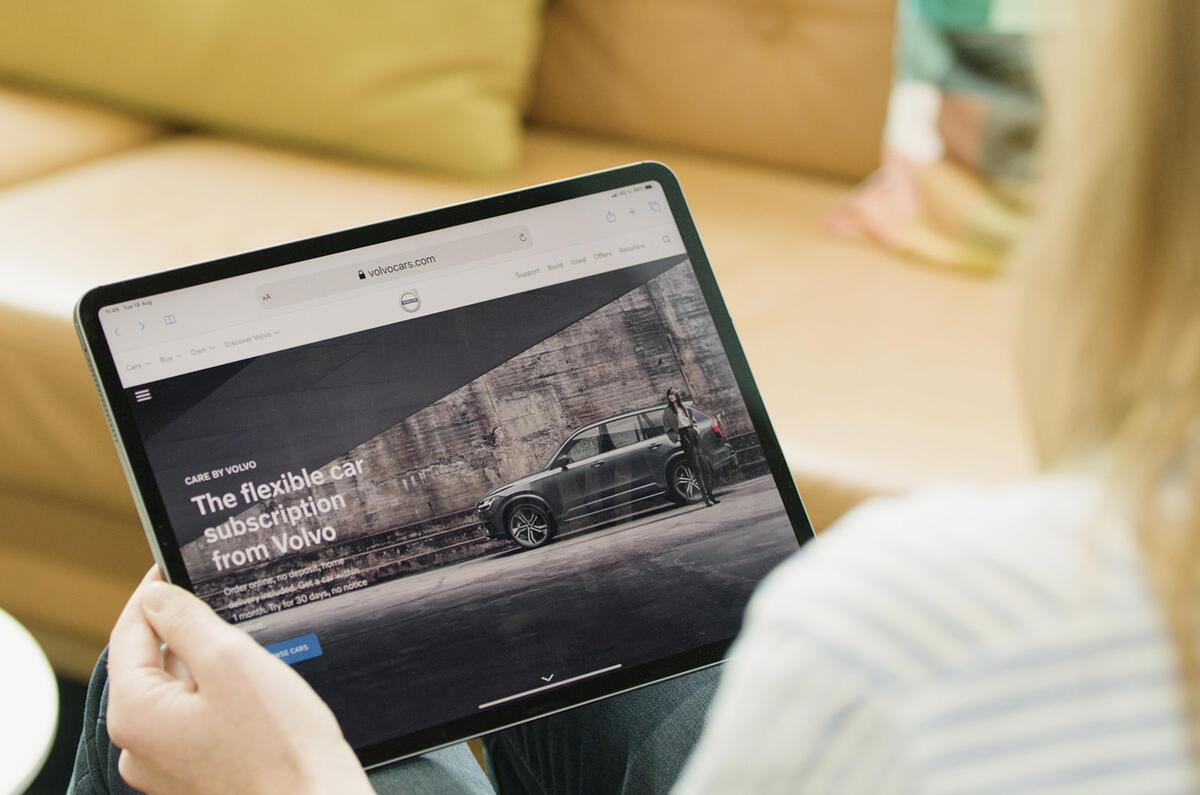It reads like the car enthusiast’s dream: pay a fixed subscription fee and swap to whichever car you want from a brand’s line-up as and when it suits you.
Something sensible for the week and a sports car at the weekend? Drive electric day to day but switch to a diesel SUV for those long summer holidays? Or maybe a different performance car each month? The rise of car subscription services was meant to have it covered.
And yet, to date, subscription trials seem to have taught the car industry more lessons than conclusions – chief of which is that an awful lot of car buyers don’t like swapping cars, and even when they do, the practicalities of doing so are onerous and expensive to the point that they break the business model.
For car makers, the difficulties are as obvious as the patterns of usage. If most people want something sensible for the week and a sports car at the weekend (as seems perfectly logical), at least two fleets of each are going to need maintaining, with the majority of each idle at the time the other is in use. It’s desperately inefficient – and expensive.
The novelty of continually swapping vehicles also soon wears off, it seems. “At the start, customers enjoy changing the car,” the vice-president of Mercedes-Benz sales in the US, Adam Chamberlain, said last year after shuttering the firm’s car subscription service there. “After a certain period of time, they want to leave their car with their stuff in it.” Audi, BMW, Cadillac, Ford and Nissan have all closed down their subscription services in the US in recent months for similar reasons.
But some car makers are claiming better progress, albeit focused on a single-car lease model that – in exchange for a payment premium – rolls all costs of ownership into a monthly fee but allows opt-out as quickly as you can press a button on an app and arrange to have the car collected.
Rather than flexibility, simplicity is what’s making the services from the likes of Porsche and Volvo sell, the former driven by the pull of short-term ‘ownership’ of a sports car, the latter seemingly because it draws into the brand’s core value of straightforwardness.
Mixed messages, then, but even the car makers that have failed to make subscriptions stick so far seem to think they will one day flourish. So too do a host of interloping start-up firms, many looking to break the barriers of single-marque offers by offering a broader spectrum of cars from across the automotive world.
Here, as so often in the car industry, failing fast doesn’t have to mean failing forever.
READ MORE
Volvo launches new car subscription service in UK
Analysis: How Volvo's subscription model is channelling Netflix




Join the debate
Add your comment
Pretty funny this article, there was another one on this Care by volvo ponzi scheme, this project is bleeding money. Funily enough, they try to sell the vehicles back to the retailers as used cars to ensure that the business stays afloat. This is not a profitable or long term business, just an ego show as volvo execs waste Chinese money instead of closing down a business that is not profitable and does not work.
The subscription model may work in due course but only if it offers a superior value proposition as well as enhanced convenience. Currently the prices are bonkers, and the terms not that flexible. Autocar should be thoroughly ashamed of payola articles like this.
Perhaps I'm missing something from this article, but hasn'r Hertz, Avis, Enterprise, Dollar etc shown the model works, albeit at a cost.
I currently own a 7 seat SUV. If I wanted a sportier car for the wekend, I just give my local rental agency a buzz.
Anyway, what do you mean Jom by Volvo shows this works? The idea is you can lease or whatever a car, then at sometime, change it for a different model. Volvo? You have a choice between a small SUV or a bigger one, or an boxy saloon or an estate. Now with Ford, you could say drive a Fiesta and then have an SUV or a Mustang, but Volvo? Volvo only has different sizes of the same type of vehicle.
Sorry but I really don't understand this article. Is it possible to expand on what is meant by subscription?